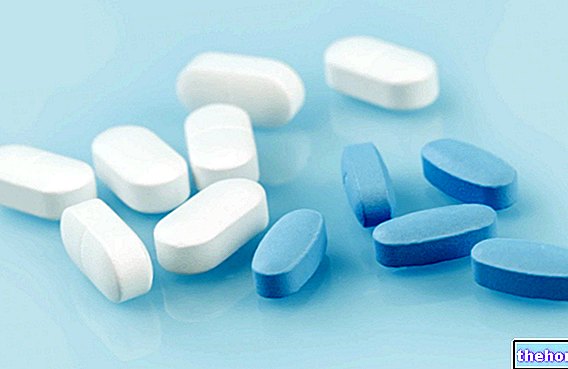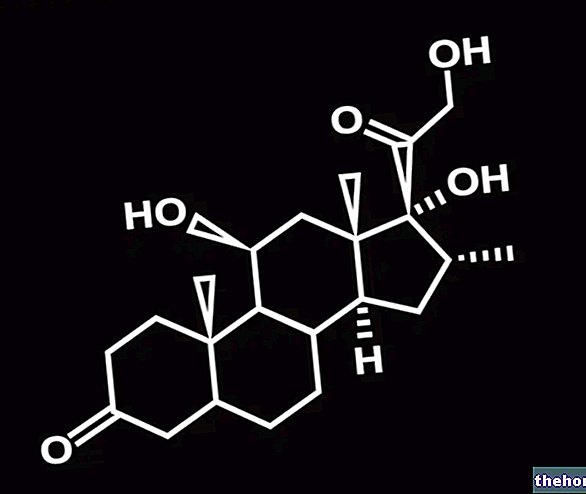These are basic compounds existing in nature and readily available, such as theophylline, caffeine, theobromine and others.
There theophylline, used as a second choice antiasthmatic, however, it has an uncertain mechanism of action: it seems to act as an antagonist of adenosine receptors, thus reducing the release of histamine and the broncho-constrictor stimulus; or it seems to act like the β2 receptors, reducing the degradation of Cyclic AMP, so as to increase its concentration Theophylline is an inexpensive drug, but little used in favor of the better efficacy of β2-stimulants.
Side effects at excessive doses concern the excitatory effect with widespread nervousness, tremor in the limbs, stimulation of the central nervous system and activation of the cardiovascular system (increase in the frequency and strength of cardiac contraction, which makes it contraindicated for subjects with cardiovascular problems. ); theophylline also acts as a diuretic agent.
Theophylline is administered orally with slow-release formulations; it has a good absorption in the intestine, however it takes a long time to exert its effect and therefore, for timely treatments, it is often associated with short-acting β2-stimulants.
Other articles on "Xanthine drugs and Theophylline against" asthma "
- Bronchodilator drugs
- Cholinergic antagonist drugs of muscarinic receptors




























